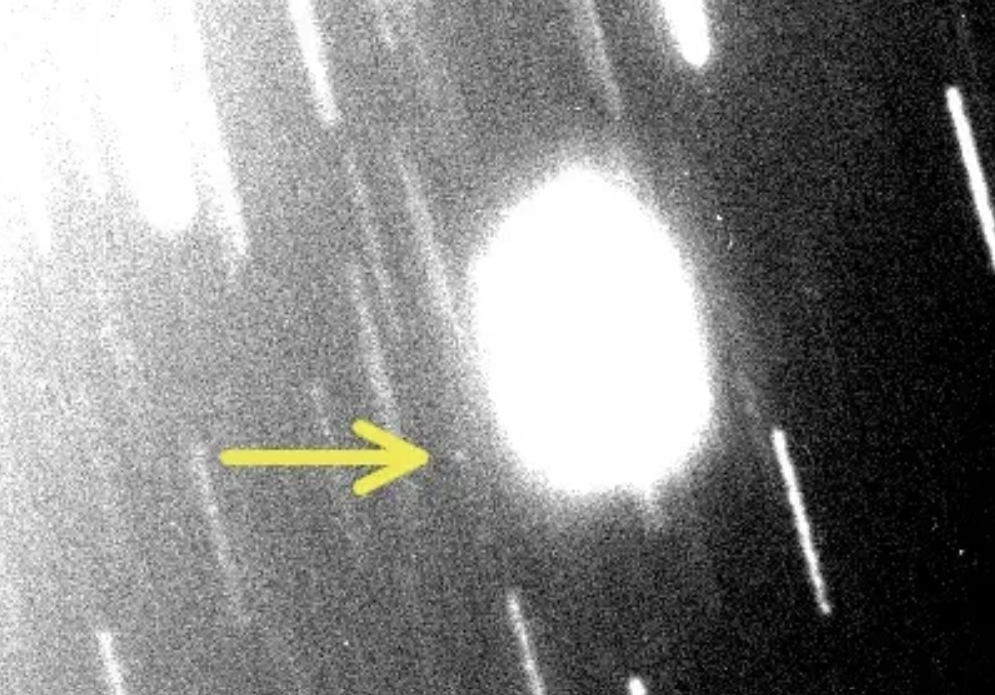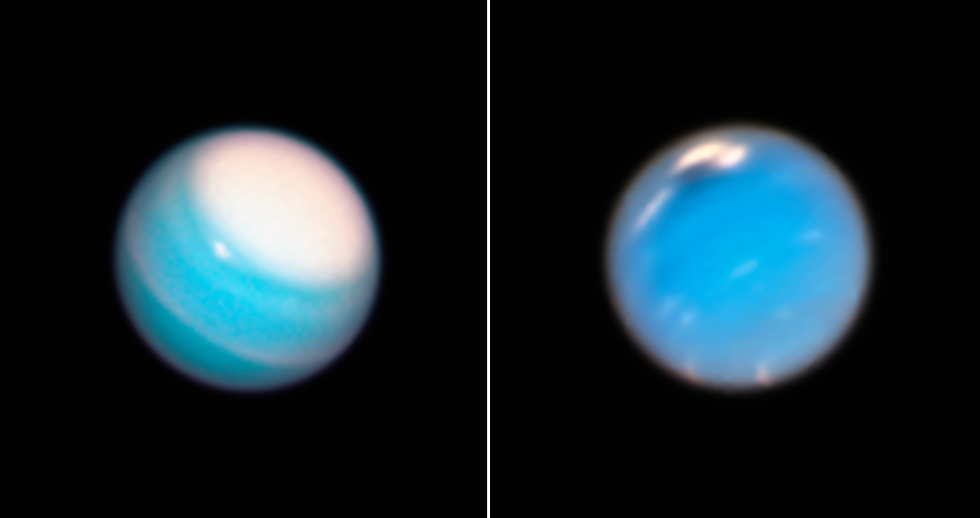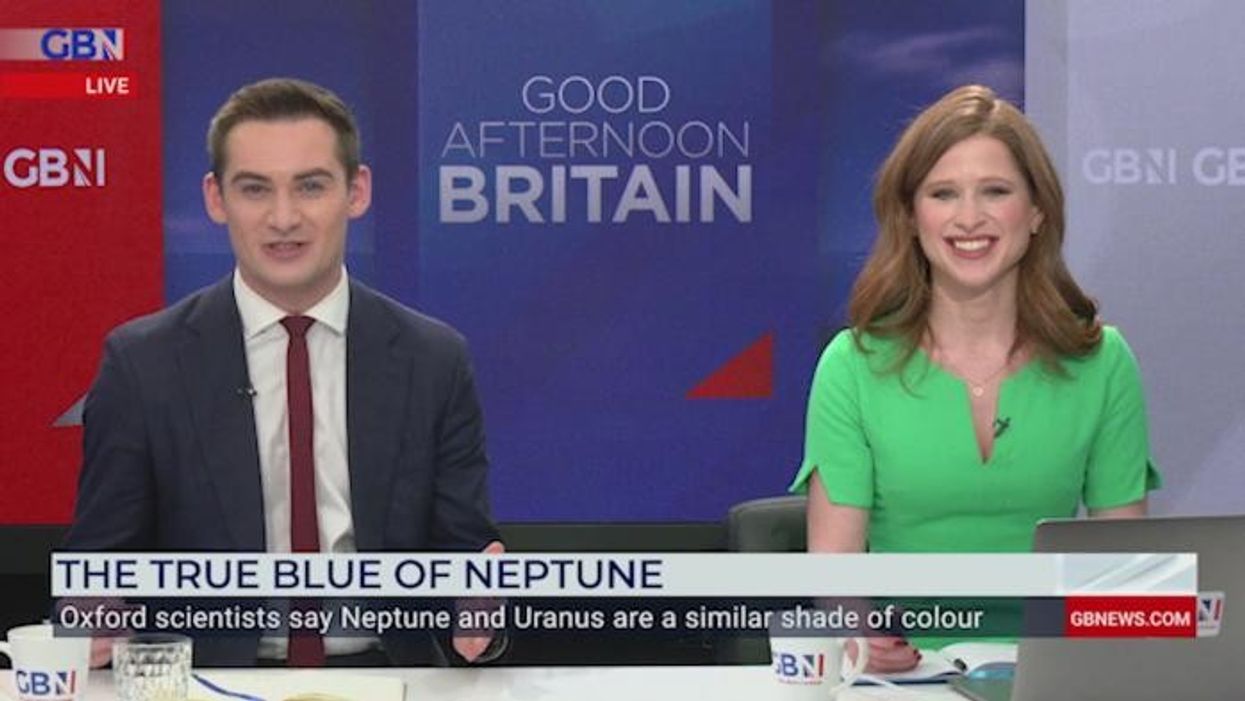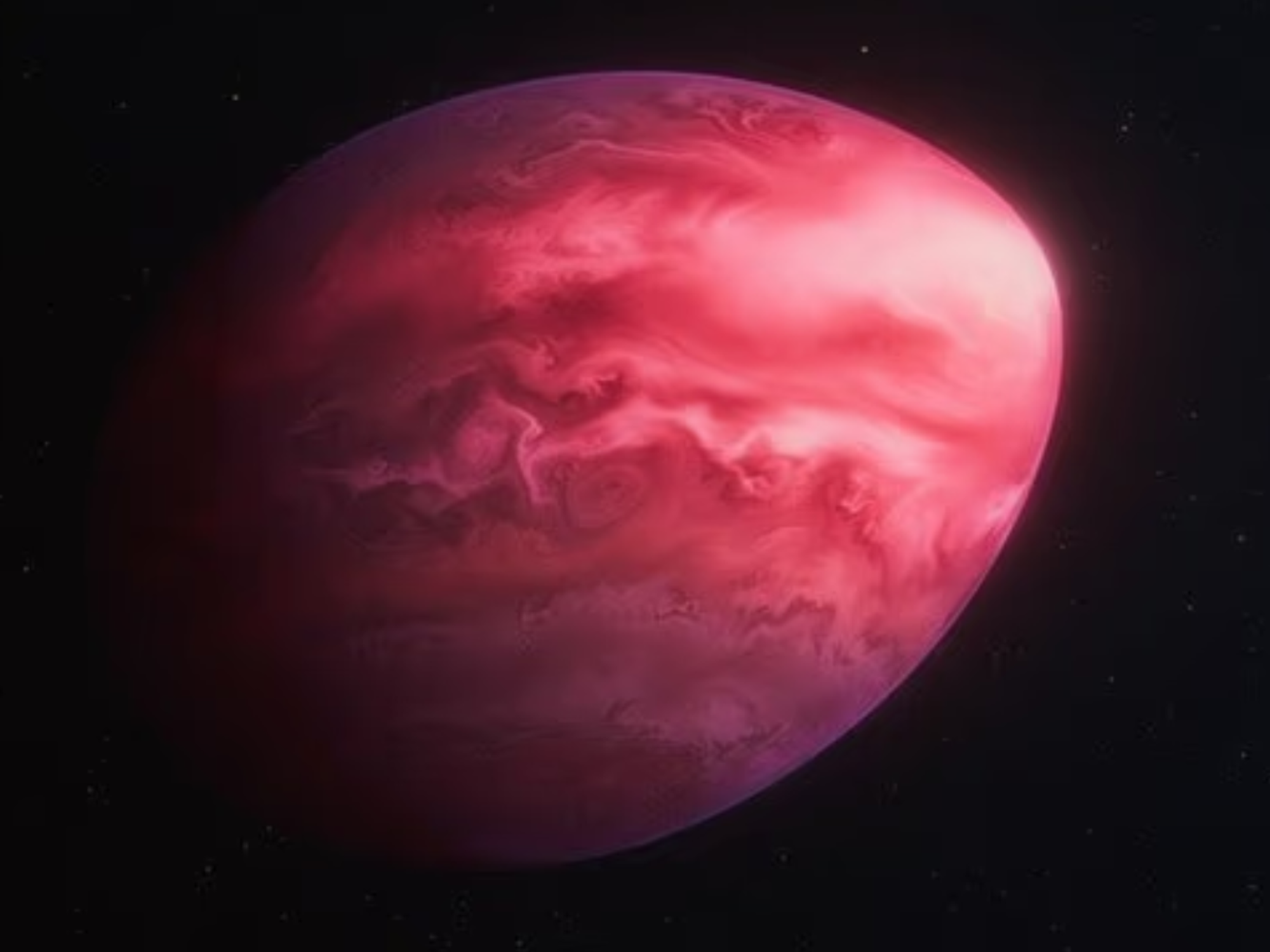Mystery objects seen circling Neptune and Uranus in unexplained 'loop'

The discovery of the new moons has shocked scientists
Don't Miss
Most Read
Scientists have been left shocked after spotting never-before-seen celestial bodies circling Neptune and Uranus.
Special imaging technique discovered the three new moons for the first time.
One of the moons were found circling Uranus, which already has 27 confirmed moons and the new addition is the first found for the planet in 20 years.
The other two were spotted circling Neptune, which already has 14 confirmed moons including one called Triton that's almost the same size as our own and has active volcanoes.

The discovery image of the new Uranian moon S/2023 U1 using the Magellan telescope on November 4, 2023
|carnegiescience.edu
Carnegie Science’s Scott S. Sheppard told The Sun: "The three newly discovered moons are the faintest ever found around these two ice giant planets using ground-based telescopes. It took special image processing to reveal such faint objects."
The new Uranus moon has provisionally been called S/2023 U1. It is thought to be the smallest moon that orbits the planet.
Scientists said, S/2023 U1 will be given a name based on the works of Shakespeare as is the tradition when naming Uranian moons.
Sheppard discovered the moon in November last year when using telescopes at Carnegie Science’s Las Campanas Observatory in Chile. In December 2023, he made follow-up observations to confirm the discovery.
LATEST DEVELOPMENTS

Neptune
| WikiCommonsMeanwhile, a team including David Tholen of the University of Hawaii, Chad Trujillo of Northern Arizona University, and Patryk Sofia Lykawa of Kindai University, helped Sheppard confirm the second Neptune moon.
Both of these objects were first spotted in 2021 but not confirmed as new moons for the planet.
The two Neptunian moons has been called S/2002 N5 and S/2021 N1, 23 kilometers wide and 14 kilometers wide respectively.
Both moons will be given names linked to one of the 50 Nereid sea goddesses in Greek mythology, as is tradition.
Sheppard said: "Once S/2002 N5’s orbit around Neptune was determined using the 2021, 2022, and 2023 observations, it was traced back to an object that was spotted near Neptune in 2003 but lost before it could be confirmed as orbiting the planet.
"Because the moons move in just a few minutes relative to the background stars and galaxies, single long exposures are not ideal for capturing deep images of moving objects."It is hoped that finding new moons will teach us more about the history of our Solar System.
Sheppard added: "By layering these multiple exposures together, stars and galaxies appear with trails behind them, and objects in motion similar to the host planet will be seen as point sources, bringing the moons out from behind the background noise in the images."











